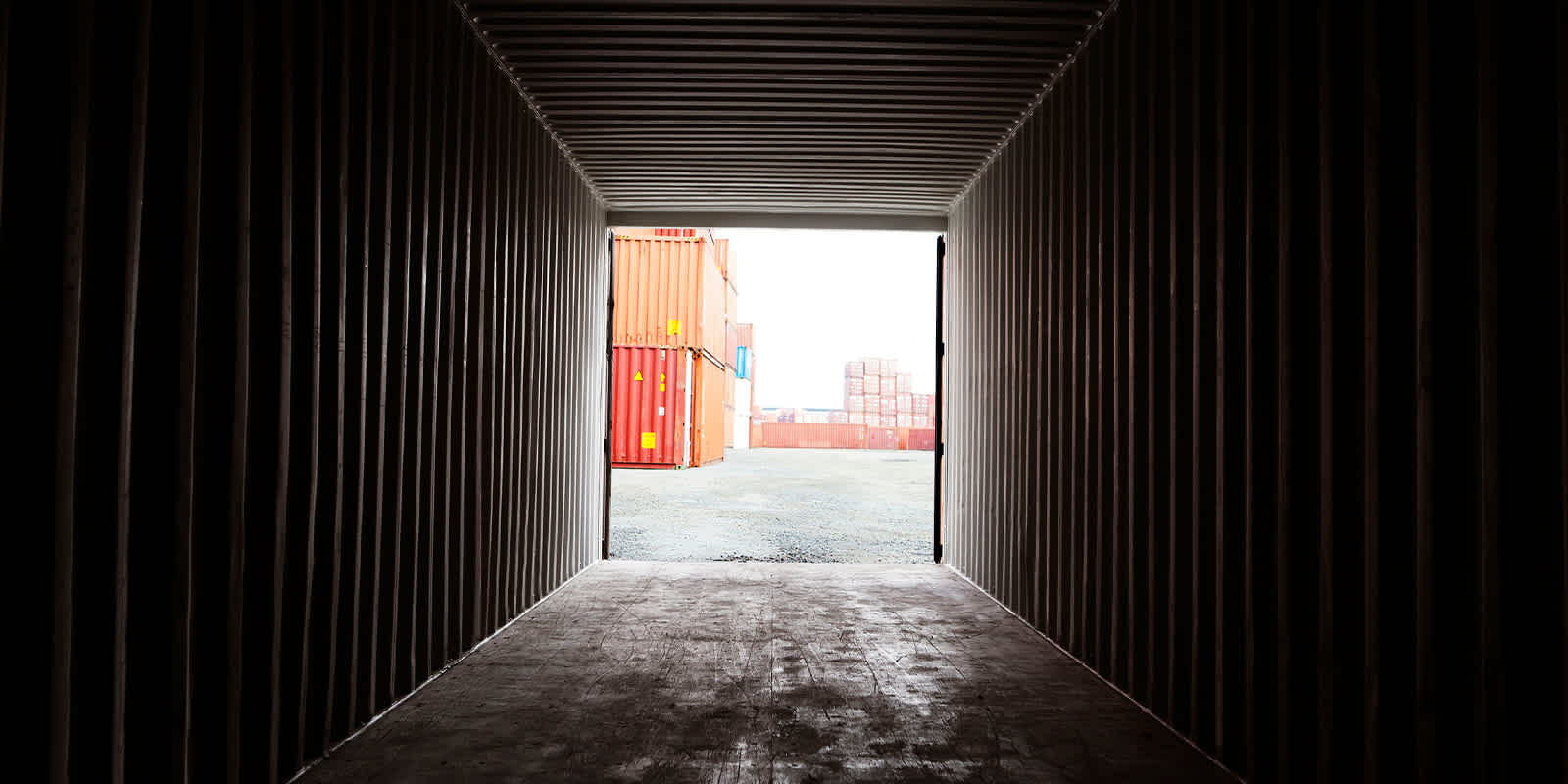
August 6, 2020
Supply Chain Mistakes During COVID-19 Can Inform Ocean, Air, and Customs Strategy
Supply Chain Mistakes During COVID-19 Can Inform Ocean, Air, and Customs Strategy
The impact of COVID-19 tore through global trade so quickly that entire industries were caught off guard. Within weeks, most trade came to a standstill. Looking back, many companies were underprepared for disaster. But adversity from an arduous first half of 2020 can inform strategies for a post-COVID world.
In a webinar this week, Flexport experts gathered to share insights and advice around common supply chain mistakes. In it, they discussed how to hedge against future volatility.
Moderated by Flexport COO Sanne Manders, the panel included Neel Jones Shah, Executive Vice President and Global Head of Airfreight, Jan Hinz, Head of US Ocean Freight, and Adam Dambrov, Director of Customs & Trade Advisory. Below are some of the key takeaways from the webinar.
Modal Mistakes
When the pandemic hit, some companies waited too long to make decisions around ocean shipping. By the time they were ready, sailings had been slashed. Rates across all modes were astronomical, compared to pre-COVID. On top of that, landed costs often included additional charges like inland accessorials.
The lesson learned, according to Hinz, is to become familiar with the full range of service options: multi-carrier agreements, premium ocean and expedited inland solutions, transloading, and LCL shipping.
Another important consideration: While air is a speedier alternative to ocean, airfreight pricing has yo-yoed between high rates and higher rates for months.
Shah recommends simply making decisions faster—by up to 50% in times of market duress. Critical to doing this is capturing intelligence from forecasts.
In a perilous era, forming accurate sales estimates may seem tricky. Over 40% of webinar survey respondents said they should have had better forecasts pre-COVID. This is where a combination of data analysis and teamwork help. Start refining the practice now. And, build empowered teams that can challenge status-quo solutions when conditions change rapidly.
When transit times and costs are volatile, shippers can also optimize airfreight for yield—cost based on volume—versus schedule reliability. Consider all the options available, with routing, airlines, and destination gateways.
Customs Strategy
On the customs side, Dembrov warns against a cycle of complacency and reactive compliance. One major lesson of COVID: Blind spots can severely interrupt business operations and undercut profitability.
Customs brokers are vital partners, with the key word being partnership when it comes to strategy and communication. Make a plan for handling trade communications and develop processes for red flags that could escalate.
Staying proactive can improve outcomes, especially with market instability, higher customer expectations, and changing regulations.
To learn more about what to expect and how to strategize in 2021, watch Think Past COVID: 3 Common Supply Chain Mistakes to Avoid. And, to learn how to sharpen your forecasting, download 5 Steps to Gain Value from Forecasting.



